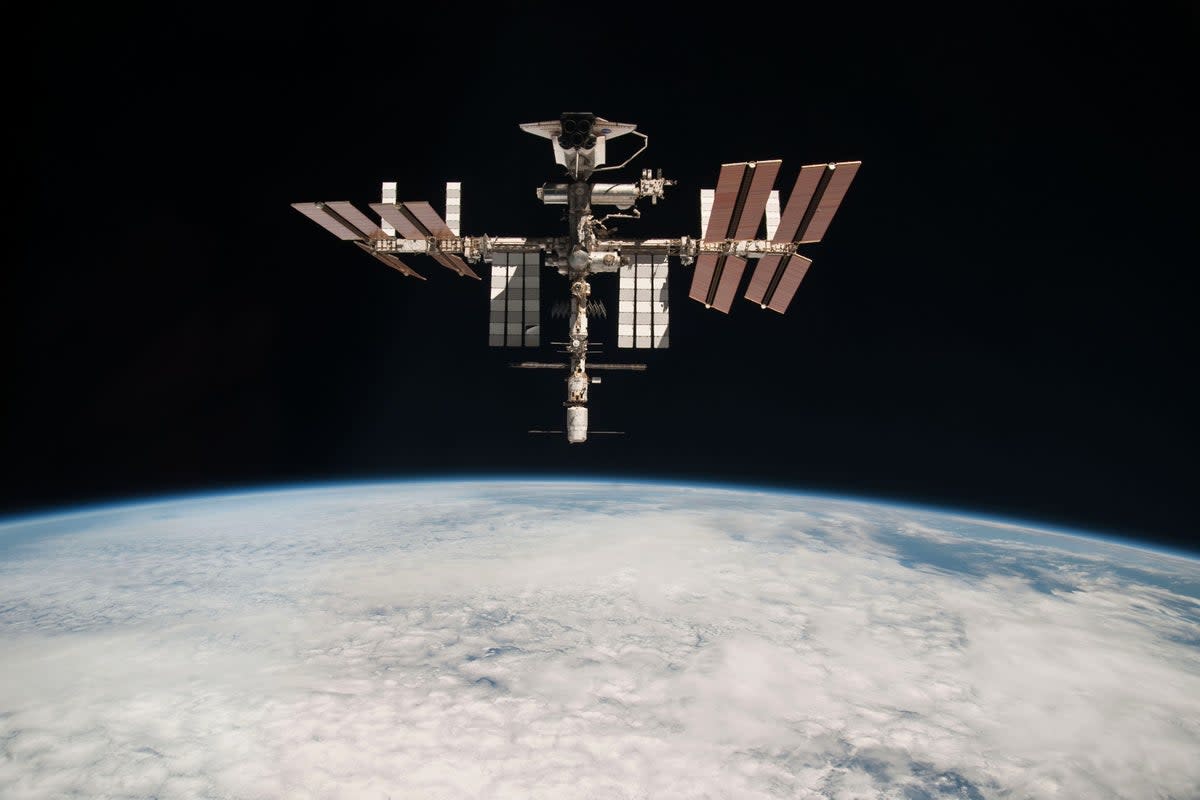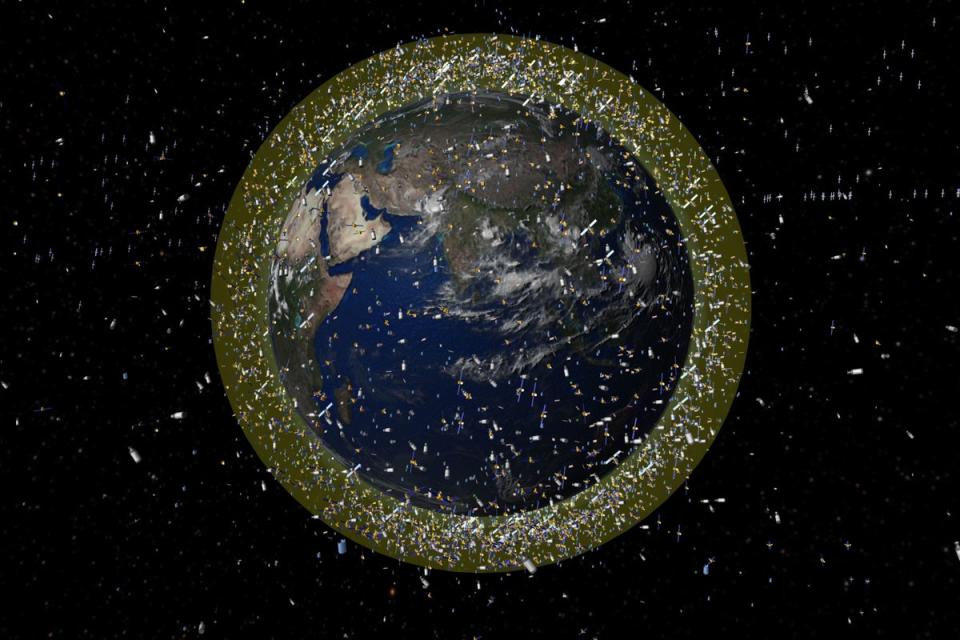Space debris from Russian satellite explosion could pose danger for months, astronomers warn

Debris from an exploded Russian satellite that forced astronauts to shelter on the International Space Station this week could continue to pose a threat for months, astronomers have warned.
Nasa ordered crews aboard the ISS to shelter in their respective spacecraft for about an hour on Wednesday as a precautionary measure against a potential collision with the space junk, the US space agency said.
The RESURS-P1 satellite, which Russia declared dead in 2022, broke up into over 100 pieces of large debris in low-Earth orbit at an altitude of roughly 355 kilometres (220 miles) on Wednesday.
The reason for the satellite’s sudden disintegration is not yet clear, though space-tracking firm LeoLabs warned that it could take months for the danger posed by the debris cloud to pass.
“We are now tracking at least 180 fragments resulting from this event,” the company said in a statement on Thursday evening. “We expect this number to increase in the coming days. We are actively analysing the debris cloud to characterise it, identify a potential cause, and estimate the impact.”

The slim section of space that the debris cloud is orbiting is already crowded with thousands of other spacecraft, including vital telecommunication satellites and SpaceX’s Starlink network.
There is also a significant amount of space detritus from previous satellite collisions, which have no means of propulsion should they come into the path of the remnants from RESURS-P1. Estimates from the United States Space Surveillance Network suggest there are more than 200,000 objects between 1-10 centimetres and tens of thousands of objects larger than 10cm.
A collision between two large pieces of space junk can lead to something known as the Kessler effect, whereby debris from a new explosion could exponentially increase the risk of further collisions.
This cascading effect could ultimately create a layer of space debris that is impossible for rockets to penetrate, essentially trapping humans on Earth.
There are currently no international laws forcing space agencies or companies to clean up debris, though leading figures have called for greater collaboration.
“Space junk is no one country’s responsibility, but the responsibility of every spacefaring country,” Nasa said.
“The problem of managing space debris is both an international challenge and an opportunity to preserve the space environment for future space exploration missions.”

 Yahoo News
Yahoo News 
